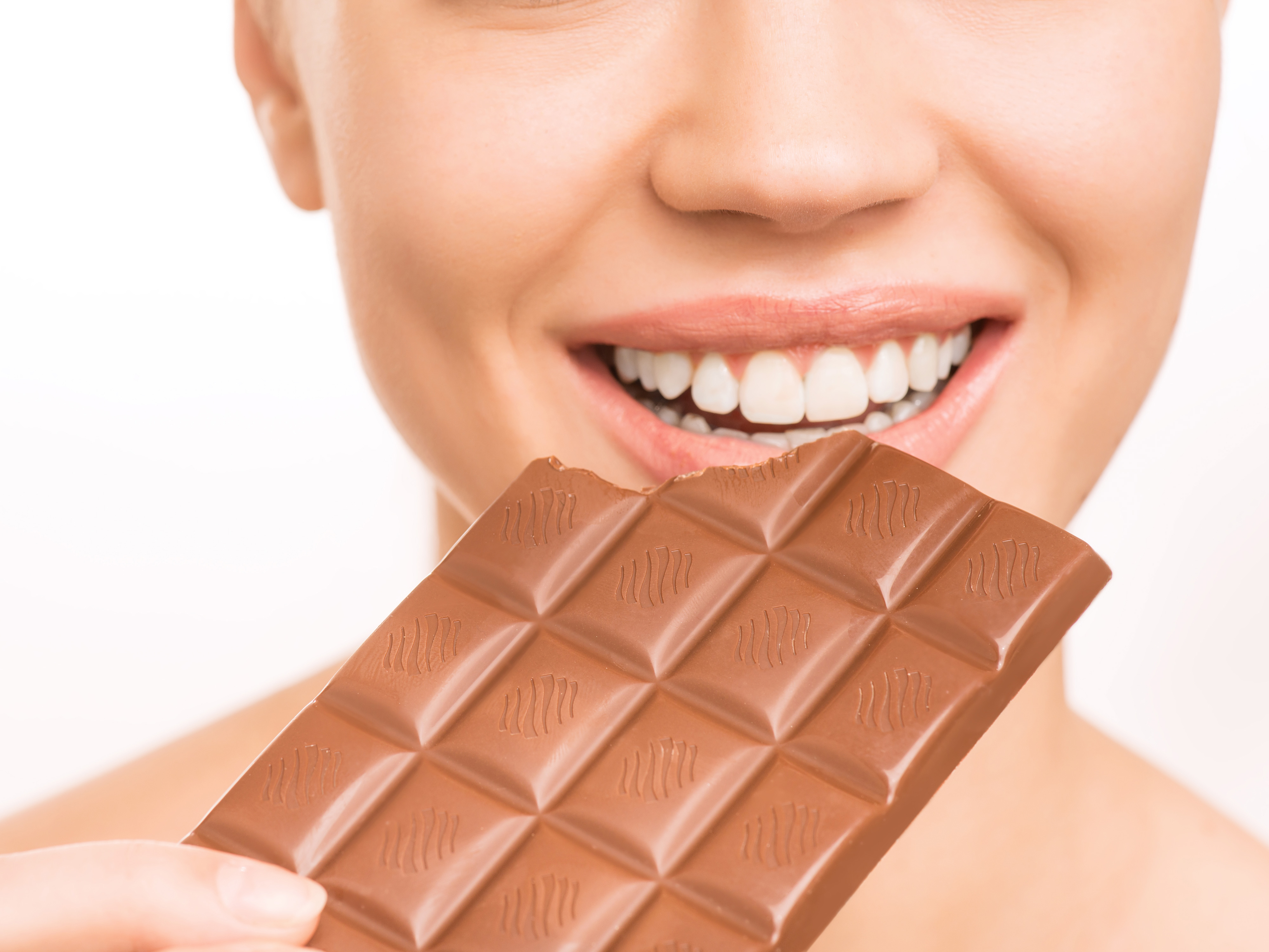Get Easy Health Digest™ in your inbox and don’t miss a thing when you subscribe today. Plus, get the free bonus report, Mother Nature’s Tips, Tricks and Remedies for Cholesterol, Blood Pressure & Blood Sugar as my way of saying welcome to the community!
Is chocolate real or an illusion?

Can you imagine a world without chocolate?
It was almost banned in the West. In the 17th century, the sweet drink “chocolatl” came from the “new” world and aroused so much passion it was condemned as food of the devil.
In 1624, the religious leader Johan Franciscus Rauch pleaded with monks not to drink it at all.
Fortunately for us, no one paid any attention. Royals would send it to each other as gifts. The Aztec emperor Montezuma is said to have downed as many as 50 goblets of chocolate drink before visiting his harem.
But is chocolate just an illusion? Do we really know what the delicious flavor of chocolate is?
Researchers have analyzed the mouth-watering taste and smell of cocoa and discovered the supposedly well-known flavor is a complicated mishmash of other tastes and flavors.
They found it’s a combination of meat, peaches, fat, cabbage, earth, honey… none of which, individually, smell or taste like chocolate.
Peter Schieberle, Ph.D., said, “When you put chocolate in your mouth, a chemical reaction happens. Some people just bite and swallow chocolate. If you do that, the reaction doesn’t have time to happen, and you lose a lot of flavor.”
Raw cocoa beans have a very bitter taste and must be processed to bring out their characteristic flavor.
In countries like Bali, where they process the cocoa naturally, they ferment the cocoa beans under banana leaves. Then they cold press the beans to separate the oil and preserve the flavor-containing and antioxidant-rich catechins that make high-cacao chocolate so healthy.
So is chocolate an illusion?
Daniele Piomelli, from the University of California has carried out extensive research into the pharmacology of chocolate. He thinks there is a sensory component involved in the craving. He told Nature magazine that “the smell and taste of a substance can contribute to make it desirable, just as can the settings in which it is consumed.”
“To make a very good cocoa aroma, you need only 25 of the nearly 600 volatile compounds present in the beans,” Schieberle tells the Journal of the American Chemical Society. “We call this type of large-scale sensory study ‘sensomics.’” Sensomics involves compiling a profile of the key chemical players responsible for giving specific foods their distinctive taste and aroma.
So if you want your chocolate to taste like “chocolate,” and give you that pleasurable feeling, make sure it has plenty of raw cocoa content, and is processed as naturally as possible. That way you get as many of the beneficial compounds and as many of the original flavor components as possible.












